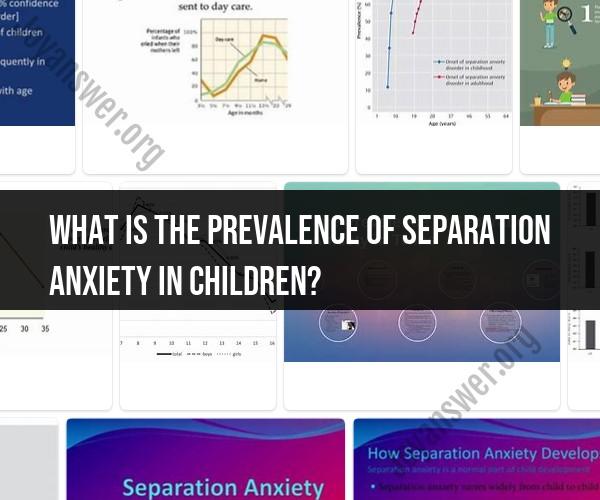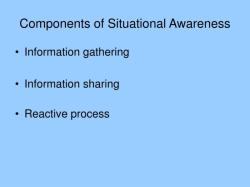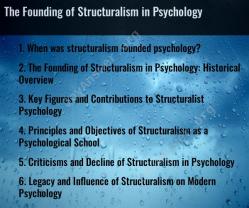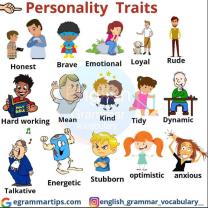What is the prevalence of separation anxiety in children?
Separation anxiety is a common psychological phenomenon experienced by many children. In this article, we will delve into the prevalence of separation anxiety among children and explore its causes, symptoms, and strategies for managing this developmental challenge.
1. Introduction to Separation Anxiety
Gain an understanding of what separation anxiety is and why it is a significant topic of concern for parents, caregivers, and educators. Explore its impact on children's emotional well-being and daily routines.
2. Prevalence and Age Range
Explore the prevalence of separation anxiety among children. Understand the typical age range during which separation anxiety is most commonly observed and why this phenomenon is a natural part of child development.
3. Causes of Separation Anxiety
Learn about the underlying causes of separation anxiety. Examine the psychological, cognitive, and emotional factors that contribute to children's fear of being separated from their caregivers or familiar environments.
4. Symptoms and Signs
Identify the common symptoms and signs of separation anxiety in children. From clinginess and distress to physical symptoms like stomachaches, recognize the various ways in which separation anxiety manifests.
5. Strategies for Parents and Caregivers
Discover effective strategies that parents and caregivers can employ to help children cope with separation anxiety. Learn about gradual exposure techniques, communication strategies, and creating a supportive environment.
6. Role of Educators and Schools
Understand the role that educators and schools play in addressing separation anxiety. Explore how teachers can create a safe and nurturing classroom environment to help children transition smoothly from home to school.
7. When to Seek Professional Help
Recognize situations where professional intervention may be necessary. Learn about the red flags that indicate more severe cases of separation anxiety and the importance of seeking the guidance of mental health professionals.
8. Impact on Child Development
Examine the potential long-term effects of untreated separation anxiety on a child's social, emotional, and cognitive development. Understand how addressing separation anxiety positively influences a child's growth.
9. Coping Strategies and Building Resilience
Discover how teaching children coping strategies can help them build resilience against separation anxiety. Explore techniques such as mindfulness, positive self-talk, and building a support network.
10. Conclusion
Separation anxiety is a common developmental phase that many children go through. By understanding its prevalence, causes, and effective management strategies, parents, caregivers, and educators can provide the necessary support to help children navigate and overcome this natural challenge.












